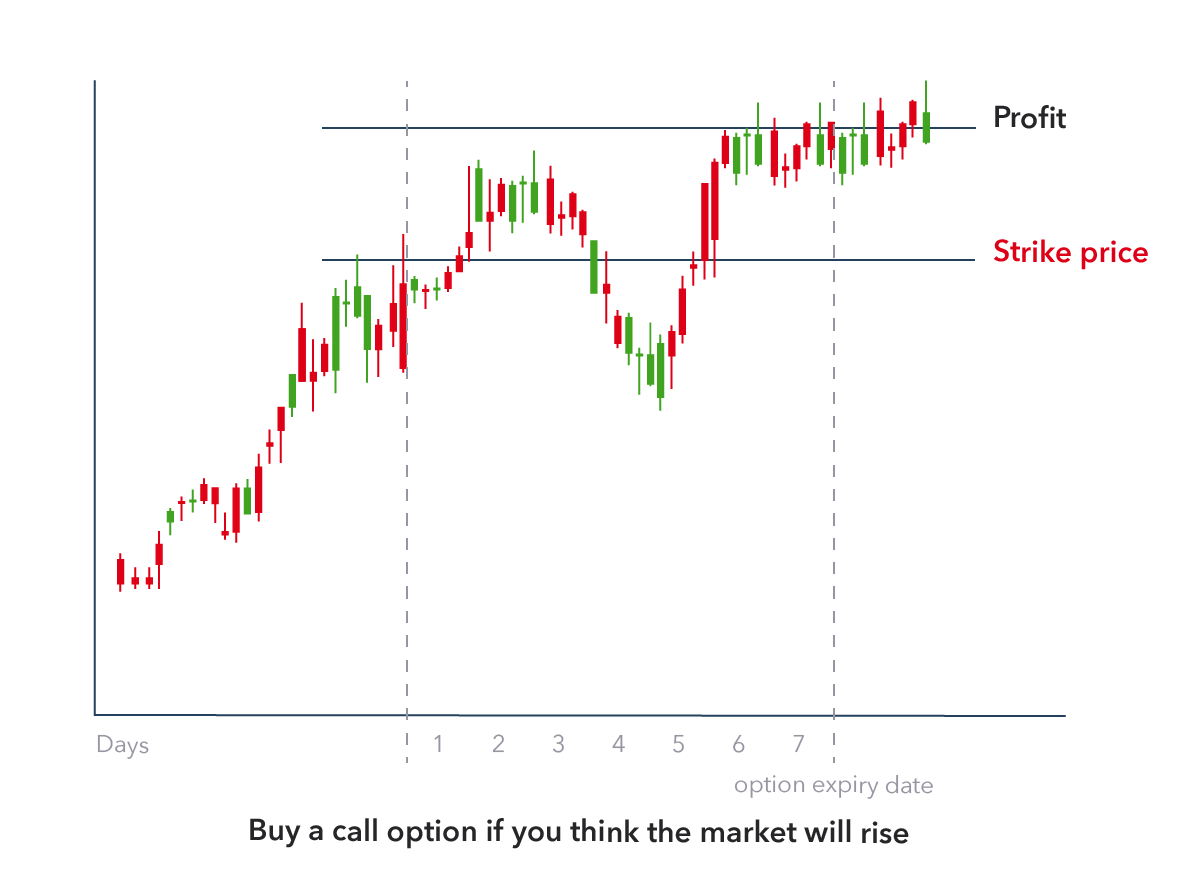Introduction
In the realm of financial markets, options trading has emerged as an indispensable tool for investors seeking to manage risk, capitalize on market fluctuations, and enhance their returns. As a novice trader embarking on this dynamic world, it is imperative to gain a comprehensive understanding of the nuances and strategies involved in options trading. In this article, we will delve into the intricacies of this trading instrument, empowering you with the knowledge and insights necessary to navigate the options market effectively.

Image: www.ig.com
What is Options Trading?
An option contract grants the holder the “right but not the obligation” to buy (call option) or sell (put option) an underlying asset at a predetermined price (strike price) on or before a specific date (expiration date). In essence, options provide traders with flexibility and the potential to profit from favorable price movements without the upfront commitment of purchasing the underlying asset.
Basics of an Options Contract
To comprehend options trading, familiarizing oneself with the key components of an options contract is paramount. These include:
- Underlying Asset: The stock, index, commodity, or currency subject to the option contract.
- Strike Price: The fixed price at which the trader can buy (call option) or sell (put option) the underlying asset.
- Expiration Date: The date on which the option contract expires and the holder’s right to buy or sell the asset terminates.
- Option Premium: The price paid by the option buyer to the seller for the option contract.
Understanding Option Types
There are two primary types of options contracts: call options and put options. Call options grant the holder the right to buy an underlying asset at the strike price on or before the expiration date. Put options, on the other hand, give the holder the right to sell an underlying asset at the strike price on or before the expiration date.

Image: www.pinterest.com
Trading Options: Strategies and Considerations
Options trading involves a wide range of strategies, each catering to specific market conditions and investor objectives. Some common strategies include:
- Call Option Strategies: Long call (bullish market sentiment), short call (bearish market sentiment)
- Put Option Strategies: Long put (bearish market sentiment), short put (bullish market sentiment)
- Combination Strategies: Spreads (combining call and put options with different strike prices and expiration dates)
Importance of Market and Option Characteristics
Successful options trading necessitates a thorough understanding of market dynamics and option-specific characteristics. Volatility, market trends, and time decay all play a crucial role in determining option pricing and potential profitability. Prudent traders carefully evaluate these factors before entering into options contracts.
Tips for Beginner Options Traders
For those venturing into options trading for the first time, the following tips may prove invaluable:
- Start Small: Begin with small trades to minimize potential financial risks.
- Paper Trade: Simulate options trading in a virtual environment to gain experience without risking real capital.
- Research and Educate Yourself: Dedicate time to studying options trading strategies, market dynamics, and risk management.
- Understand Greeks: Explore the impact of various financial metrics (Greeks) on option pricing and performance.
- Seek Professional Advice: Consider consulting a financial advisor or experienced options trader for guidance and support.
Frequently Asked Questions (FAQs)
- Q: What is the difference between a call option and a put option?
- A: A call option grants the holder the right to buy an underlying asset, while a put option grants the right to sell an underlying asset.
- Q: What factors influence the price of an option?
- A: Market volatility, underlying asset price, strike price, expiration date, and time decay.
- Q: What are the risks involved in options trading?
- A: Options trading involves the potential for financial loss. Limited risk strategies and thorough risk management practices are recommended.
Nuiabce Of Trading Options

Image: www.youtube.com
Conclusion
Options trading offers a powerful tool for astute investors seeking to enhance their returns, manage risk, and navigate market fluctuations. By embracing the knowledge and strategies outlined in this article, aspiring options traders can confidently embark on this dynamic and rewarding financial arena. May your trading endeavors be marked with success!
Are you ready to delve into the world of options trading?






